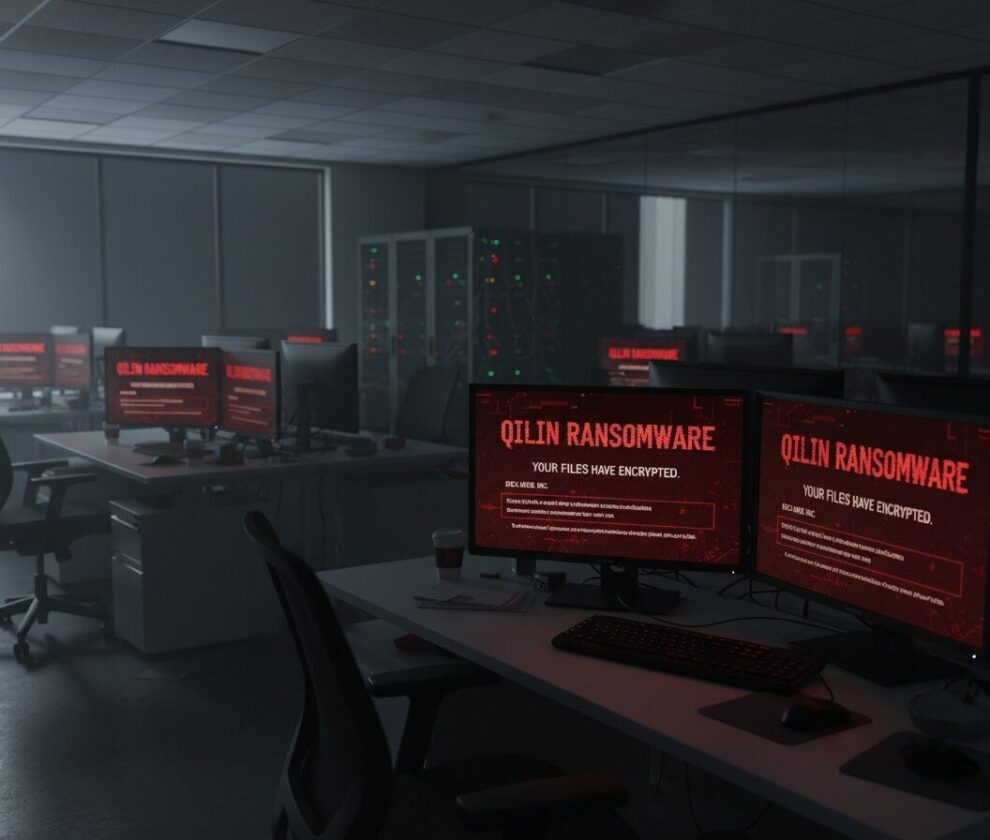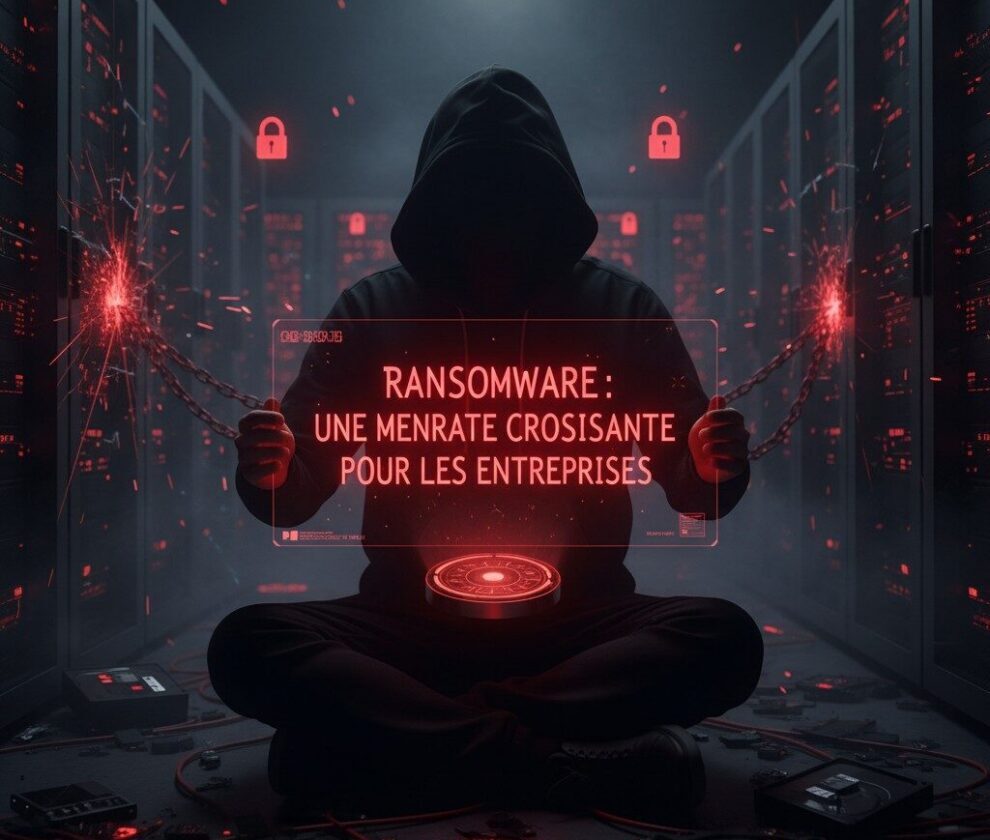Cybersecurity has transitioned from a niche concern to a critical priority for modern businesses, especially as we move into 2025. The growing sophistication of cyberattacks, coupled with the ever-expanding digital landscape, has left organizations scrambling to protect their sensitive data, reputation, and business continuity. In this article, we’ll explore the major challenges, evolving regulations, best practices, and trends in cybersecurity.
Emerging Cybersecurity Challenges in 2025
By 2025, cyberattacks have reached unprecedented levels of complexity. No industry is left untouched, with sectors like healthcare, finance, and critical infrastructure frequently targeted. Ransomware attacks, in particular, are causing severe disruptions in day-to-day operations. A recent study revealed that more than 60% of small and medium-sized enterprises have suffered a cyberattack this year alone.
Additionally, the proliferation of IoT (Internet of Things) devices has introduced new vulnerabilities. While IoT improves business efficiency, many of these devices lack robust security measures. Therefore, incorporating stringent data protection protocols and security standards into device manufacturing and implementation is paramount to counter these threats.
The Evolution of Cybersecurity Regulations
Governments and regulators globally are stepping up to counteract the rising tide of cyber threats. The General Data Protection Regulation (GDPR), for instance, subjects companies to strict penalties if they fail to adequately safeguard personal data. Additionally, the EU’s NIS2 directive aims to further enhance the resilience of essential sectors.
To stay compliant with these tightening regulatory frameworks, businesses are increasing their investments in cybersecurity technologies and personnel. This actions ensure not just legal compliance but also improve customer trust and brand credibility. By 2025, cybersecurity investment is no longer an optional expenditure but a critical business strategy.
Best Practices for Strengthening Cybersecurity
Facing complex and evolving cyber threats requires a proactive, multi-layered approach to security. Below are some fundamental best practices every business should adopt:
- Employee Training and Awareness: Employees remain the weakest link in cybersecurity. Regular training and awareness programs can significantly reduce human error and phishing attacks.
- Security Audits: Periodic audits help identify vulnerabilities and ensure rapid deployment of solutions.
- System Updates and Patching: Keeping systems and applications updated minimizes exposure to known vulnerabilities.
- Advanced Threat Detection Tools: AI-based threat detection and behavioral analytics tools offer invaluable support in identifying and neutralizing threats before they escalate.
Future Trends in Cybersecurity
The cybersecurity landscape of 2025 points to exciting developments in technology and collaboration:
Blockchain technology is increasingly being integrated to ensure the integrity and security of data transactions. Furthermore, advanced cryptographic techniques like homomorphic encryption are being employed to add an additional layer of security to sensitive data.
Public-private collaborations are also becoming more frequent, with businesses and government entities working hand-in-hand to share real-time threat intelligence. These partnerships are crucial in building a more resilient ecosystem against cybercriminal activities.
How Lynx Intel Can Support You
At Lynx Intel, we deeply understand the ever-growing importance of cybersecurity for businesses. Our team of experts offers tailor-made solutions to address your unique security challenges. From conducting in-depth vulnerability assessments to ensuring compliance with international cybersecurity standards, we deliver services that empower you to stay ahead in the digital age.
Partner with Lynx Intel today to secure your data, safeguard your reputation, and guarantee the continuity of your operations in an increasingly uncertain online world.


